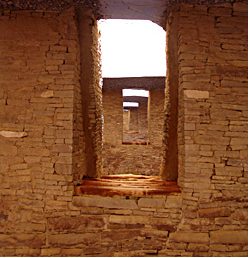
Anthropology Graduate Student Publications
Document Type
Dataset
Publication Date
2017
Abstract
Differences in subsistence between Neanderthals and anatomically modern humans may suggest key behavioral changes during the Middle to Upper Paleolithic transition. In this paper, I present archeozoological and stable isotopic analyses of Oryctolagus cuniculus (European wild rabbit) remains from levels 6, 7, 8 and 9 of Gruta Nova da Columbeira, a Mousterian cave site located in central Portugal. I use these data to explore two alternative hypotheses: 1. Anatomically modern humans gained a competitive advantage over Neanderthals by exploiting a broader-spectrum diet including small prey items such as the rabbit and 2. Neanderthals already on occasion practiced a broad-spectrum diet in at least some locations. Using a multi-disciplinary approach to the study of an older collection, this study suggests Neanderthals incorporated Oryctogalus as a component of their diet at Gruta Nova de Columbeira.
Keywords
Middle Paleolithic, Iberia, subsistence, small game, rabbits
Recommended Citation
Carvalho, Milena M.. "Rabbit Exploitation in the Middle Paleolithic at Gruta Nova da Columbeira, Portugal." (2017). https://digitalrepository.unm.edu/anth_sp/3


